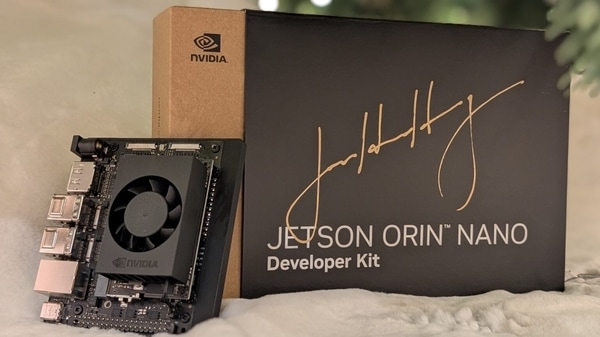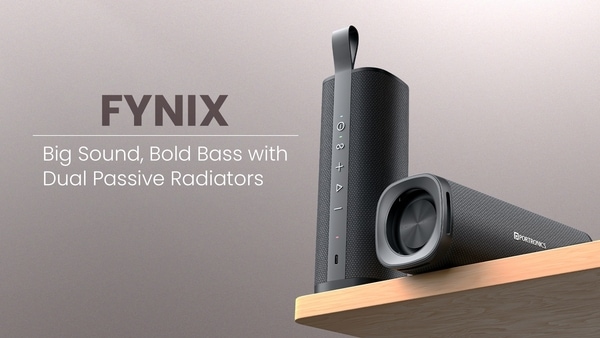
NVIDIA Jetson Orin Nano Super - High-Performance Entry-Level AI Supercomputer
28 days ago | 5 Views
Prepare to embrace the latest advancement in supercomputing: the NVIDIA Jetson Orin Nano Super, the fastest supercomputer that can fit in your hand. This new System on Module (SoM) is specifically designed for artificial intelligence and edge computing applications. With dimensions of approximately 70mm x 45mm—smaller than a credit card—it resembles earlier Jetson modules but offers impressive performance, achieving up to 67 TOPS. It is targeted at hobbyists, developers, and students seeking an affordable and compact supercomputer for their projects. Its potential applications span remote fieldwork, drones, robotics, IoT devices, and automation. NVIDIA describes it as the ideal entry-level solution for integrating advanced AI into embedded products.
NVIDIA, renowned for its multi-threaded parallel processing capabilities, has recently introduced its most budget-friendly Jetson series supercomputer, priced at $249, a notable reduction from the previous generation's $499. The Jetson Orin Nano Super utilizes NVIDIA's Ampere architecture, featuring a 6-core ARM CPU, 1024 CUDA cores, and 32 tensor cores. Overall, NVIDIA claims a 70% performance increase and a 50% boost in memory bandwidth, reaching 102GB/s, all at half the cost of its predecessor. This enhanced capability enables tasks such as real-time object detection, lightweight Generative AI processing, and voice synthesis.
Additionally, NVIDIA announced Jetpack updates for its existing boards, promising performance enhancements of up to 70%. The new system can support up to four cameras with improved resolution and frame rates compared to earlier models. The enthusiasm surrounding this release is justified, as it marks the first time many applications can be executed independently of cloud or internet connectivity, significantly broadening their usability.
The device features power settings of 7, 15, and 25 watts, with maximum performance achievable at 25 watts. It can be powered through either a USB-C connection or a proprietary barrel connector. The Jetson Orin includes a 40-pin expansion header. According to NVIDIA, the new Jetson Orin Nano Super is set to revolutionize the landscape of compact computing.
The market presents a variety of competitors to Nvidia, with the Raspberry Pi being one of the most prevalent. Notable alternatives include Google's Coral Dev Board and the Qualcomm Robotics RB5 Development Kit. However, the primary advantage of utilizing an Nvidia Developer board lies in its extensive ecosystem support and vibrant developer community. Nvidia's Jetpack Software Development Kit offers a wide array of tools designed to enhance AI workloads, including Nvidia Isaac for robotics, Nvidia Metropolis for vision AI, and Nvidia Omniverse Replicator for synthetic data generation. Nvidia's dedication to open-source frameworks allows for seamless integration of models such as Llama and Gemma 2 on the Jetson Orin Nano Super. Additionally, the Nvidia Jetson AI Lab provides assistance for these open-source models and offers tutorials for their implementation.
The emergence of advanced AI chips, similar to other technological advancements, has democratized the fields of robotics, automation, and IoT, enabling individuals to engage in DIY projects for both home and industrial applications. It is not far-fetched to envision a future where intricate AI applications can be easily customized for personal projects. However, achieving full-scale production deployment may necessitate additional equipment and resources. Consequently, the chip is likely to be most beneficial for academic, educational, and prototyping endeavors.
For example, I have a straightforward concept for tracking vehicle movement using video footage from a dashcam or CCTV. Although this may appear to be complex and costly, an affordable DIY prototype can be developed using the Jetson Orin Nano Super. This compact yet powerful board facilitates real-time object detection and tracking through deep learning models. With an impressive 67 TOPS of AI performance, it efficiently processes live video feeds from USB, IP, or MIPI CSI cameras, accurately identifying and tracking vehicles. By utilizing NVIDIA's JetPack SDK and DeepStream framework, it supports edge AI computing without the need for cloud connectivity, making it particularly suitable for traffic monitoring applications.
Read Also: What is Studio Ghibli and Why Are AI-Generated Images Taking Over the Internet?
"Get the latest Bollywood entertainment news, trending celebrity news, latest celebrity news, new movie reviews, latest entertainment news, latest Bollywood news, and Bollywood celebrity fashion & style updates!"





















